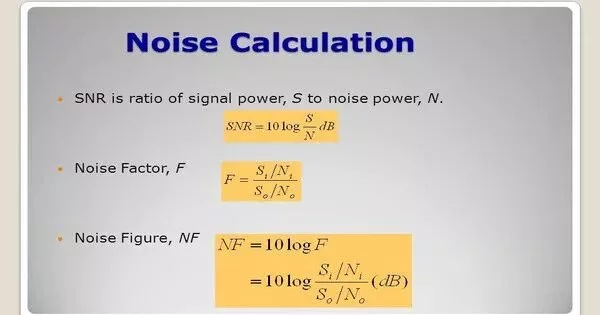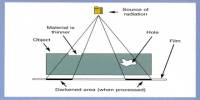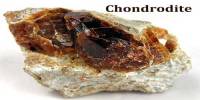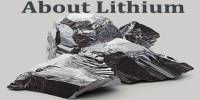Noise calculation is the process of calculating the level of noise immission using the metric dB(A). Noise immission is caused by noise sources (noise emission) of various types that propagate noise into the environment. A single source will produce a certain amount of immission, which is primarily determined by the originating sound power level and distance, which is influenced by factors such as absorption and reflection. Several noise sources usually result in higher levels of immission. The method or process of determining the resulting immission level is known as noise calculation, and its graphical representation is known as noise map.
Noise calculation is done for the following reasons:
- to calculate a current situation based on existing physics, mostly when a physical measurement at a location is impractical
- to predict the resulting immission levels based on a planned change, e.g. set up of a new machine
Mostly, noise calculation is part of any such planning process and may become part of the decision process for physical change
Environment engineering differentiates between:
- indoor sound propagation, e.g. occupational health considerations
- outdoor sound propagation, e.g. city planning considerations as well as type of noise source, e.g.
- industrial noise
- rail or air traffic noise
- road noise
Noise calculation refers to the process of quantifying the level of noise present in a system or environment. The specific method of noise calculation can vary depending on the context and the type of noise being measured. Here are a few common approaches for noise calculation:
(a) Decibel (dB) Scale: The decibel scale is commonly used to express the intensity of sound or noise. It is a logarithmic scale that compares the sound pressure level to a reference level. The formula for calculating the decibel level is:
dB = 10 * log10(I / I0)
where I is the intensity of the sound and I0 is the reference intensity (typically the threshold of human hearing).
(b) Sound Pressure Level (SPL): Sound pressure level is a measure of the acoustic energy of a sound wave. It is expressed in decibels and is often used to quantify noise. SPL is calculated using the following formula:
SPL = 20 * log10(P / P0)
where P is the sound pressure being measured and P0 is the reference sound pressure (typically 20 micropascals).
(c) Weighted Noise Measurements: Different noise frequencies may have different effects on human perception and annoyance in some cases. A-weighted sound levels (dBA), for example, take into account the frequency response of the human ear and provide a more accurate representation of noise as perceived by humans. These metrics are frequently used in regulatory standards and guidelines.
In some cases, noise can exhibit random fluctuations over time. Calculating the mean, standard deviation, or other statistical measures of the noise signal, for example, can provide insights into its characteristics and variations.
Each of the preceding require different noise calculation algorithms, which have been defined over time in a variety of different national or international standards. Outdoor sound propagation, for example, is defined in ISO standard 9613, which can be obtained from the ISO organization or scientific literature.
















